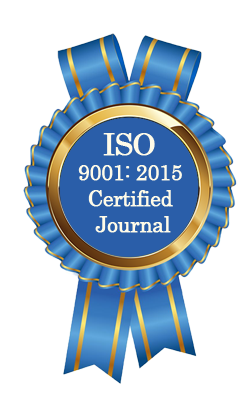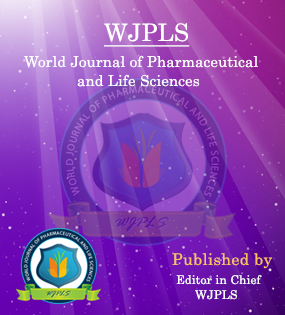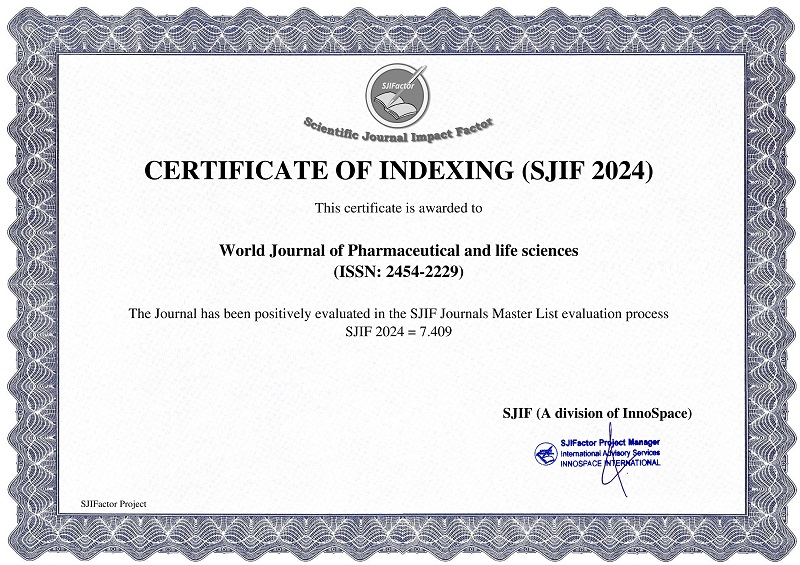Abstract
LUNGWORM INFECTION OF SMALL RUMINANT IN ETHIOPIA: A REVIEW
Jemal Adem*
ABSTRACT
Small ruminant is high in number and economically very important animal in Ethiopia. However, it is less productive due to morbidity and mortality from different parasite infection. Among this parasite infection, lungworm is the common parasitic disease of sheep and goat belonging to Metastrongyloidea or Trichostrongyloidea super families. From them, Dictyocaulus and Protostrongylus are causes of lungworm infection in ruminants. Inspite of its importance, there is little documentation and consideration in Ethiopia. To enhance the economic benefit of small ruminant, it is important to make proper diagnosis, treatment and control and prevention of lungworm. Therefore, this paper is to review the etiological characteristics, method of transmission, diagnosis, treatment and control of lungworm. The common causes of verminous pneumonia in sheep and goats are Protostrongylus rufescens, Muellerius capillaries and Dictyocaulus filaria. The first two are belong to Trichostrongyloidea while the last one is belong to Metastrongyloidea. These pathogenic parasites highly affect lower respiratory tract of sheep and goats, and leads to a chronic and prolonged infection. The epidemiology of lungworm disease is largely concerned with factors determining the number of infective larvae on the pasture and the factors that facilitate viability and development of larvae. The most common sign in sheep and goats are pyrexia, coughing, rapid shallow breathing, nasal discharge and emaciation with retarded growth. Diagnosis can be done by taking history and clinical sign followed by faecal examination for presence of larvae using Bermann technique. Anthelmintic treatment with grazing management and its usage as prophylactic treatment before the onset of infective season is the most important method to control lungworm infection. So that proper grazing management and periodic deworming should be strictly practiced to increase the benefits from this economically important animal, and government should introduce vaccine for lungworm.
[Full Text Article] [Download Certificate]WJPLS CITATION 
| All | Since 2020 | |
| Citation | 590 | 424 |
| h-index | 12 | 10 |
| i10-index | 17 | 14 |
INDEXING
NEWS & UPDATION
BEST ARTICLE AWARDS
World Journal of Pharmaceutical and life sciences is giving Best Article Award in every Issue for Best Article and Issue Certificate of Appreciation to the Authors to promote research activity of scholar.
Best Article of current issue
Download Article : Click here





